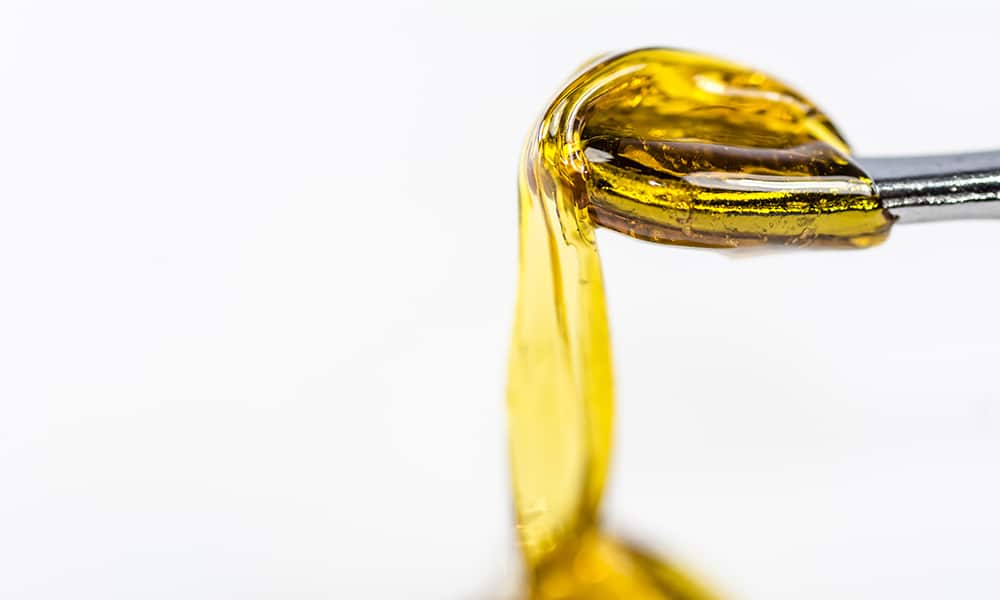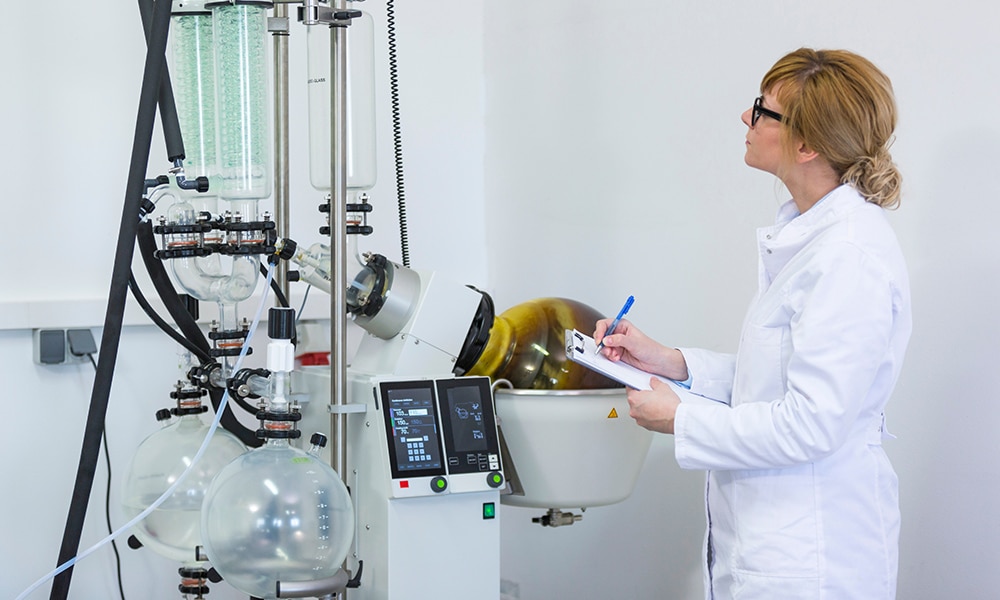As the cannabis market continues to grow, the number of available products increases as well. Extracts are one product that has expanded rapidly in recent years. These products involve separating cannabinoids and other valuable compounds from the plant matter, and they have a variety of applications, such as vaping, tinctures, dabbing, and more. There are a few different types of extraction methods, but one, in particular, is quickly rising above the rest: supercritical CO2 extraction.
A Safer Alternative
Many extracts use chemicals such as butane or propane to pull cannabinoids and other compounds from cannabis plant matter. While companies take steps to evaporate (or off-gas) lingering chemicals, there’s still a risk of some being left behind. Improperly made extracts that use these chemicals pose serious health risks.
Along with the risks associated with the solvents, many butane and propane extracts require the addition of cutting agents such as propylene glycol, polyethylene glycol, or vegetable glycerine. These additives help to achieve optimal vaping consistency. When heated, however, propylene glycol and polyethylene glycol create harmful chemicals such as formaldehyde and acetaldehyde.
Carbon dioxide (CO2) provides a much safer alternative to butane and propane. It’s cleaner, more eco-friendly, and cheaper to make. It’s also less toxic and can produce consistent quality products.
What Is Supercritical CO2?
CO2 is a gas, so how can it extract cannabinoids from cannabis plants? The answer is supercritical CO2. Supercritical CO2 involves heating the gas to temperatures above 31°C (88°F) and increasing the pressure. The combination creates a substance that’s both liquid and gas, a supercritical liquid. It can pass through solid material (in this case, cannabis plant matter) to pull out desirable compounds while leaving unwanted ones behind.
Supercritical CO2 Process
Here’s a closer look at how supercritical CO2 extracts cannabis compounds:
- Cannabis plant matter goes into an extractor chamber
- A pump pushes pressurized CO2 through the chamber so that it passes over the plant matter
- The supercritical CO2 dissolves the cannabinoids and other desirable compounds in cannabis, removing them from the plant
- The supercritical CO2 continues into another chamber, carrying the cannabis compounds with it
- The next chamber, which is a different pressure, separates the CO2 from the liquid cannabis oil
- The CO2 transforms back into a gas and rises to the top of the chamber, where it travels back to the beginning of the system for reuse
- The cannabis oil drips down into a collection chamber
Benefits of Supercritical CO2 Extraction
One of the most significant benefits of CO2 extraction is that the process doesn’t involve the use of harmful solvents. You don’t have to worry about potentially ingesting dangerous chemicals because there are no residual solvents. Once the pressure and temperature changes, CO2 becomes a gas and leaves the extract.
Another benefit of supercritical CO2 extraction is that the process kills mold, mildew, and bacteria during the extraction process. As such, there’s less risk of other harmful compounds lingering in the final product.
Supercritical CO2 extracts don’t have the same risks as extracts that use butane or propane. In most cases, you also don’t need to worry about potentially harmful additives like propylene glycol or vegetable glycerine. To find CO2 extracted products in your local dispensary, check the labels or speak with a budtender for more information.



